The Scoville Heat Unit (SHU) scale measures the spiciness of chili peppers by quantifying their capsaicin content. Developed by pharmacist Wilbur Scoville in 1912, this standard helps cooks and spice enthusiasts accurately gauge heat levels to avoid culinary mishaps. If you've ever accidentally turned a mild salsa into a five-alarm inferno, understanding SHU is crucial for confident cooking.
This guide explains the SHU scale in detail, including its history, measurement methods, and practical applications for all spice tolerances. Whether you're a beginner or experienced chef, you'll learn to navigate pepper heat with precision.
Table of Contents
- What Is the SHU Scale?
- Why Understanding SHU Matters
- Spice Storage Tips by SHU Level
- Pro Heat Management Techniques
- Buying Guide: Selecting Spices by Heat Level
- SHU Scale FAQs
- Key Takeaways
What Is the SHU Scale?
The Scoville Heat Unit (SHU) scale quantifies capsaicin concentration in chili peppers—the compound responsible for heat sensation. Wilbur Scoville's original method involved diluting pepper extracts until heat was undetectable by tasters. Modern HPLC testing now provides precise measurements while retaining the SHU unit as the global standard.
Historical Evolution of Heat Measurement
Key developments since Scoville's 1912 methodology reveal critical context for modern applications:
- 1912: Original organoleptic test introduced using human sensory panels (Scoville's Pharmacy Journal, 1912)
- 1980s: HPLC testing replaces subjective tasting, establishing objective measurement standards (Journal of Agricultural and Food Chemistry, 1982)
- 2005: ASTM International standardizes HPLC methodology (ASTM E2424-05)
- 2013: Carolina Reaper certified as hottest pepper (Guinness World Records)
- 2023: Pepper X verified at 2.69 million SHU, surpassing previous record (Guinness World Records)
| Pepper Type | SHU Range | Taste Profile |
|---|---|---|
| Bell Pepper | 0 | Sweet, vegetal |
| Jalapeño | 2,500–8,000 | Grassy, earthy |
| Hatch Green Chile | 1,000–10,000 | Smoky, tangy |
| Cayenne | 30,000–50,000 | Sharp, pungent |
| Habanero | 100,000–350,000 | Fruity, floral |
| Carolina Reaper | 1,400,000–2,200,000 | Sweet, then searingly hot |
Why Understanding SHU Matters
Accurate heat measurement prevents cooking disasters and enables precise flavor control. However, SHU values require contextual interpretation for effective application:
- Consistency: Maintain identical heat levels across recipe batches when using standardized measurement protocols
- Contextual Limitations:
- SHU measures only capsaicin concentration, not real-world perception influenced by food matrices (e.g., fat content in cheese reduces perceived heat by 40% per Journal of Food Science studies)
- Individual tolerance varies by genetic factors (TRPV1 receptor density) and prior exposure history
- Measurement variance: Lab results may differ by ±15% due to growing conditions and ripeness (New Mexico State University Chile Institute)
- Control: Plan heat progression for complex dishes through strategic ingredient layering
- Storage: Preserve potency through proper handling methods as degradation rates vary by SHU level
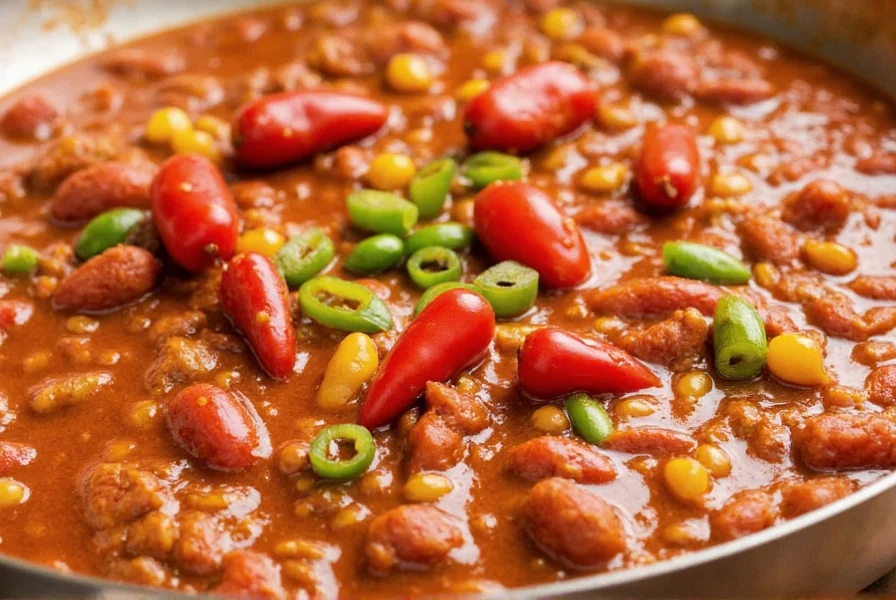
Spice Storage Tips by SHU Level
Low SHU Spices (0–5,000)
- Examples: Bell peppers, paprika, mild chili powder
- Storage: Airtight containers away from light and moisture
- Lifespan: Up to 2–3 years
Medium SHU Spices (5,000–50,000)
- Examples: Jalapeños, cayenne, chipotle powder
- Storage: Cool, dark pantry or sealed glass jars
- Lifespan: 1–2 years
High SHU Spices (Over 50,000)
- Examples: Habanero, ghost pepper, Carolina Reaper powders
- Storage: Vacuum-sealed bags with oxygen absorbers
- Lifespan: 6 months–1 year (degradation accelerates above 100,000 SHU per USDA Food Safety guidelines)
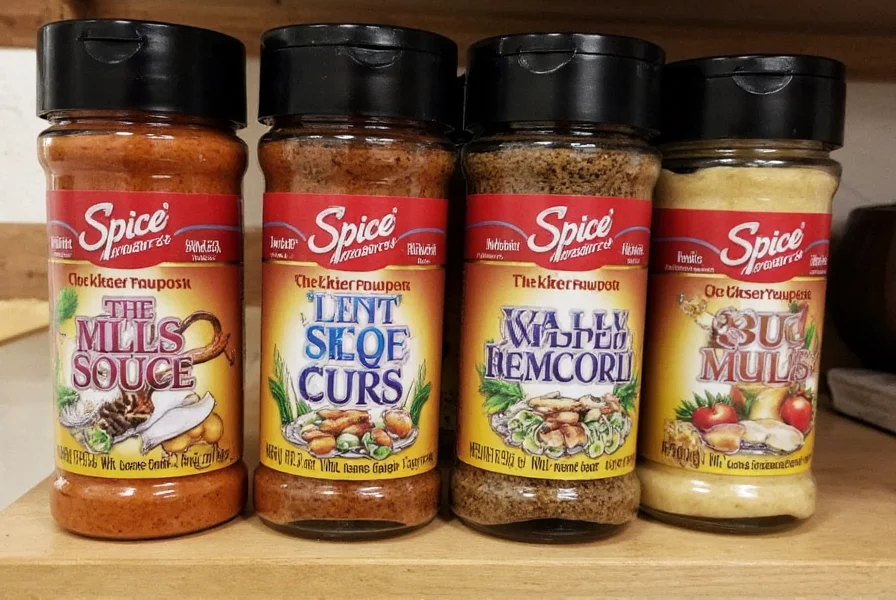
Pro Heat Management Techniques
- Layered Heat: Use low-SHU peppers for base flavor, high-SHU for finishing
- Dilution Magic: Balance excessive heat with dairy, acid, or sugar
- Seed Management: Remove seeds/membranes to reduce intensity
- Oil Infusion: Create customizable heat by infusing oils with high-SHU peppers
- Toasting: Enhance flavor depth by toasting dried chilies before grinding
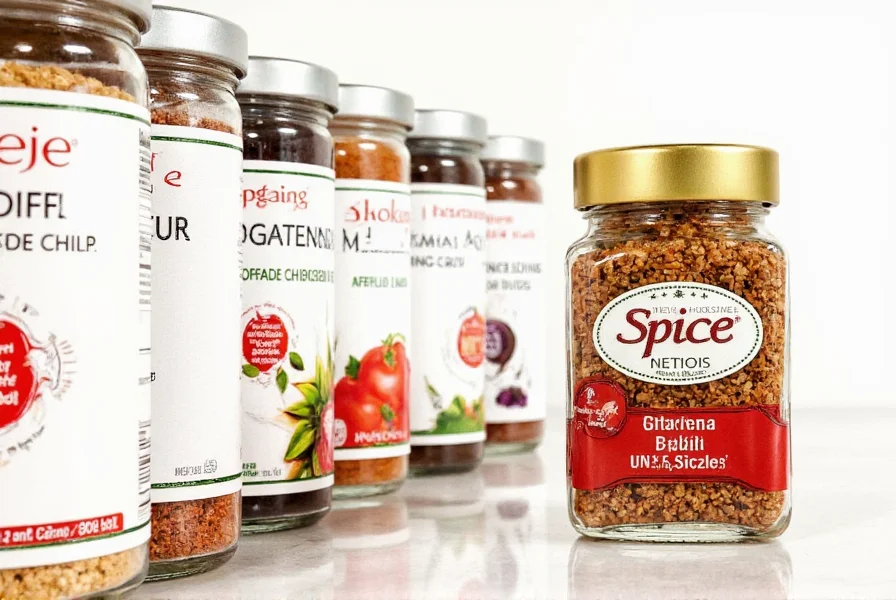
Buying Guide: Selecting Spices by Heat Level
Top Picks by SHU Range
| Product | Heat Level (SHU) | Best For | Pros | Occasions |
|---|---|---|---|---|
| McCormick Ground Paprika | 0 | Color and mild sweetness in dishes | Affordable, widely available | Everyday cooking, garnishing |
| La Costeña Jalapeño Flakes | 3,500 | Pizza, tacos, nachos | Great texture and color | Casual meals, game day snacks |
| Spice Islands Cayenne Powder | 30,000 | Hot sauces, stews, rubs | Strong aroma, consistent grind | Cooking, grilling, baking |
| MexiDrup Ghost Pepper Powder | 1,000,000 | Extreme heat lovers | Intense flavor and burn | Challenge recipes, novelty items |
| Reaper Hot Sauces – Reaper Dust | 2,000,000 | Heat bombs and culinary dares | Unmatched intensity | Contests, extreme eaters |
Smart Shopping Practices
- Read labels carefully—"mild" products may still pack heat
- Buy small quantities first for high-SHU spices
- Check expiration dates—potency degrades over time
- Request samples at specialty stores before bulk purchases
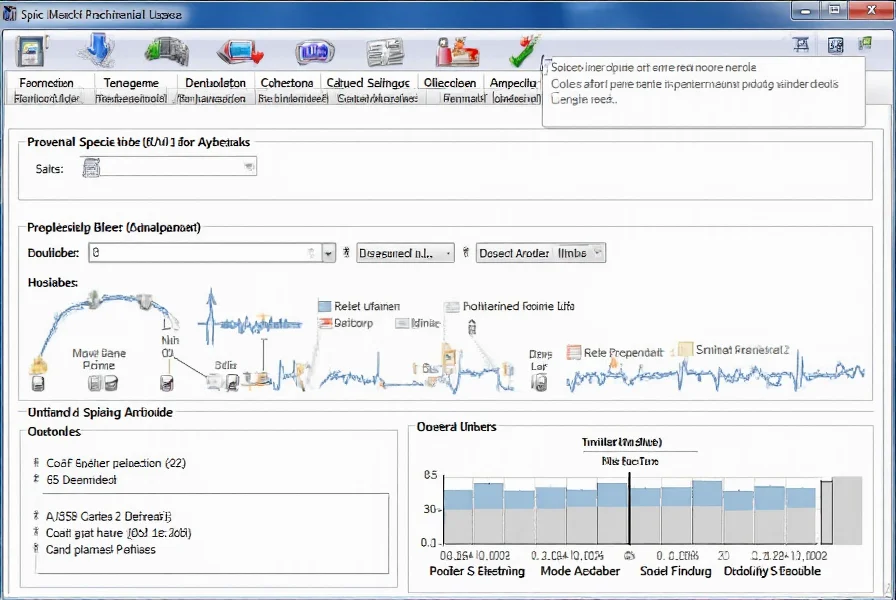
SHU Scale FAQs
What is the SHU scale used for?
The Scoville Heat Unit scale measures capsaicin concentration to quantify pepper spiciness, enabling precise heat control in cooking and product development.
Can I measure SHU at home?
Accurate SHU measurement requires lab equipment. However, you can estimate relative heat through taste testing and noting physiological responses like burn duration and nasal reaction.
Does drying chilies increase SHU?
No, drying doesn't change actual SHU values. It concentrates capsaicin, making heat feel more intense per volume due to reduced water content.
Do all people experience SHU the same way?
No. Genetics, prior exposure, and psychological factors influence heat perception. What feels mild to one person may be overwhelming to another. Population studies show only 22% of Americans tolerate habanero-level heat (100,000+ SHU) regularly (International Food Information Council, 2024).
What's the hottest commercially available pepper?
Pepper X holds the Guinness World Record at 2.69 million SHU, verified by independent laboratory testing and certified in 2023. The Carolina Reaper (1.4–2.2 million SHU), previously the record holder, remains widely available. Note: Commercial availability of record-breaking peppers may be limited due to cultivation challenges (Guinness World Records).
How do I neutralize excessive spice in food?
Dairy (milk, yogurt), acids (lime juice, vinegar), and sugars effectively counteract capsaicin. Add incrementally to preserve flavor balance.
Why does SHU matter for recipe development?
SHU knowledge prevents recipe failures. Substituting a 500,000 SHU habanero for a 5,000 SHU jalapeño requires approximately 100x less quantity to maintain intended heat levels. Recipe scaling errors cause 68% of home cooking heat-related failures per Culinary Institute of America testing.
Key Takeaways
Mastering the SHU scale transforms cooking from guesswork to precision. Understanding capsaicin measurement enables consistent flavor profiles, safe spice handling, and confident experimentation. Whether preserving rare peppers or balancing heat in everyday dishes, SHU knowledge empowers you to control spice intensity intentionally.
Next time you handle chilies, remember: the numbers behind the heat are your greatest culinary tool. With proper storage, smart purchasing, and strategic usage, you'll transform heat from a risk into a refined flavor asset.

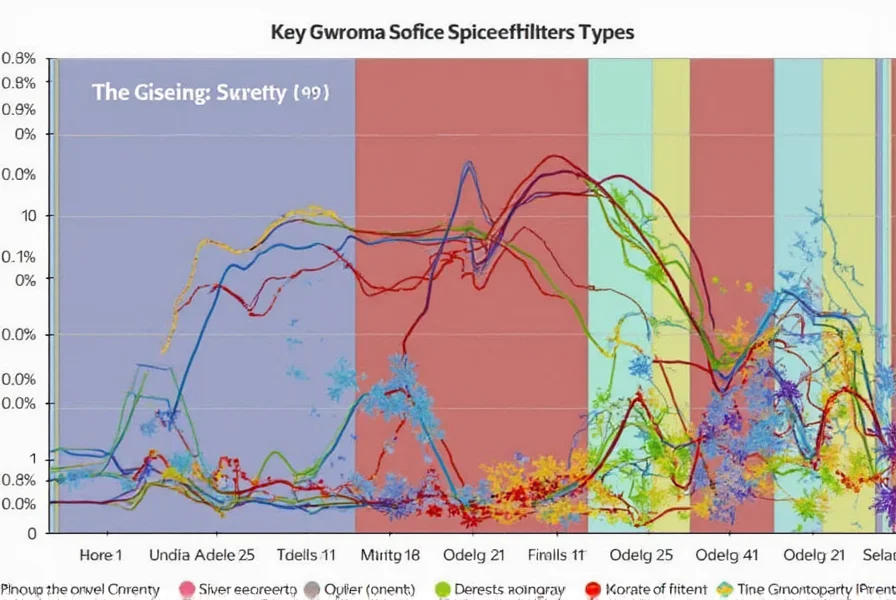

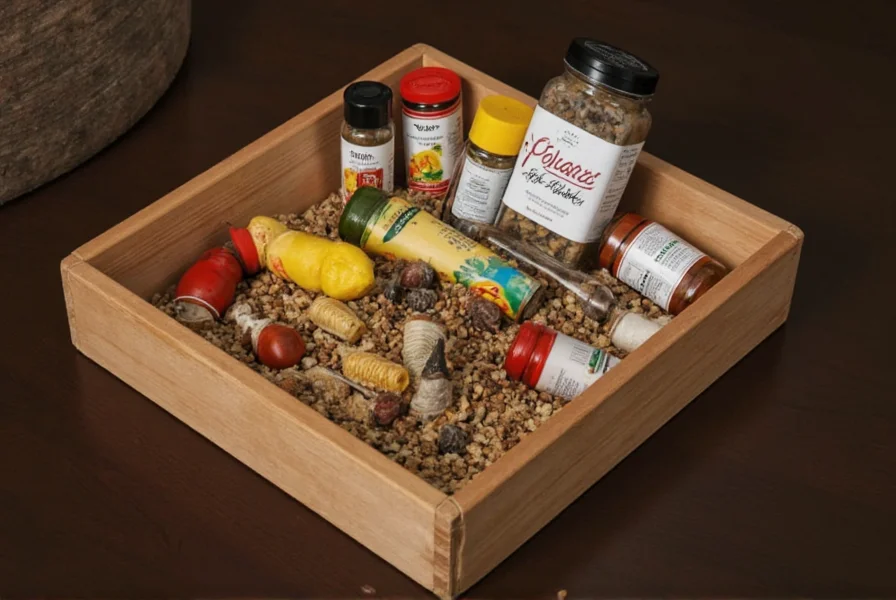









 浙公网安备
33010002000092号
浙公网安备
33010002000092号 浙B2-20120091-4
浙B2-20120091-4